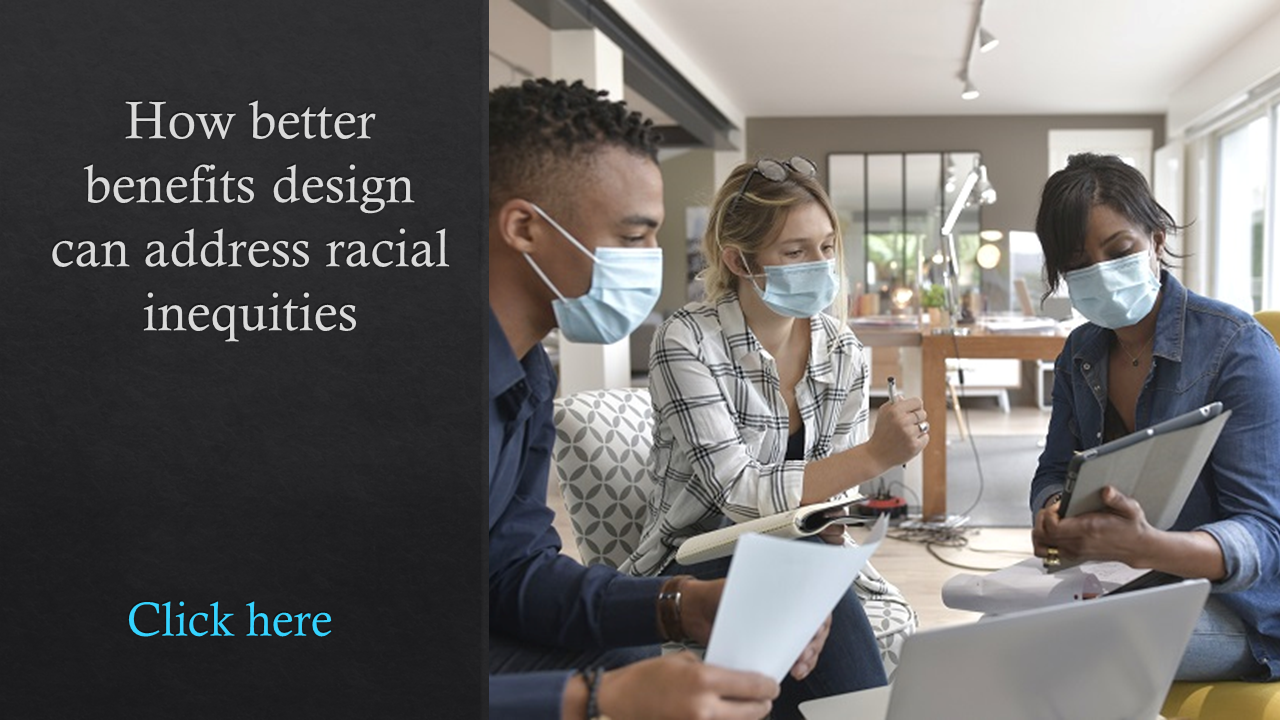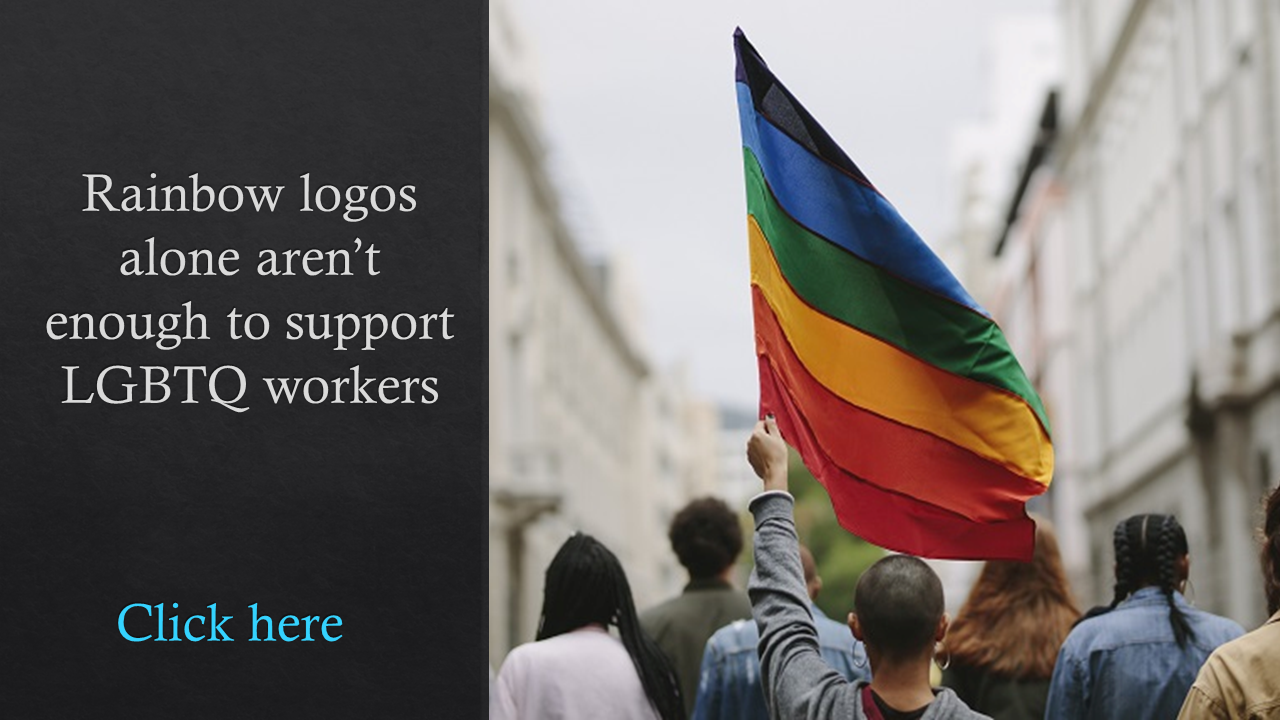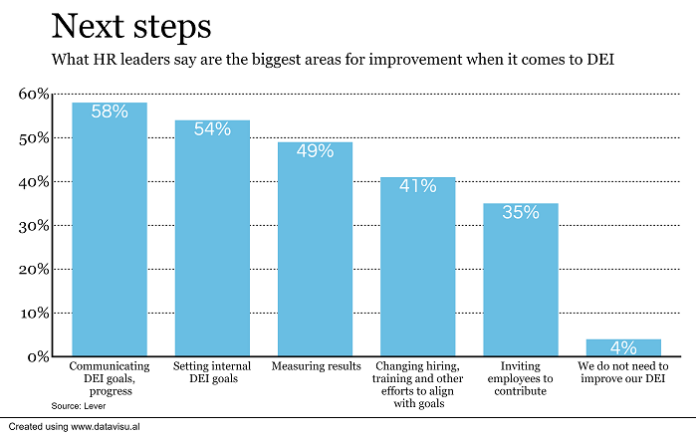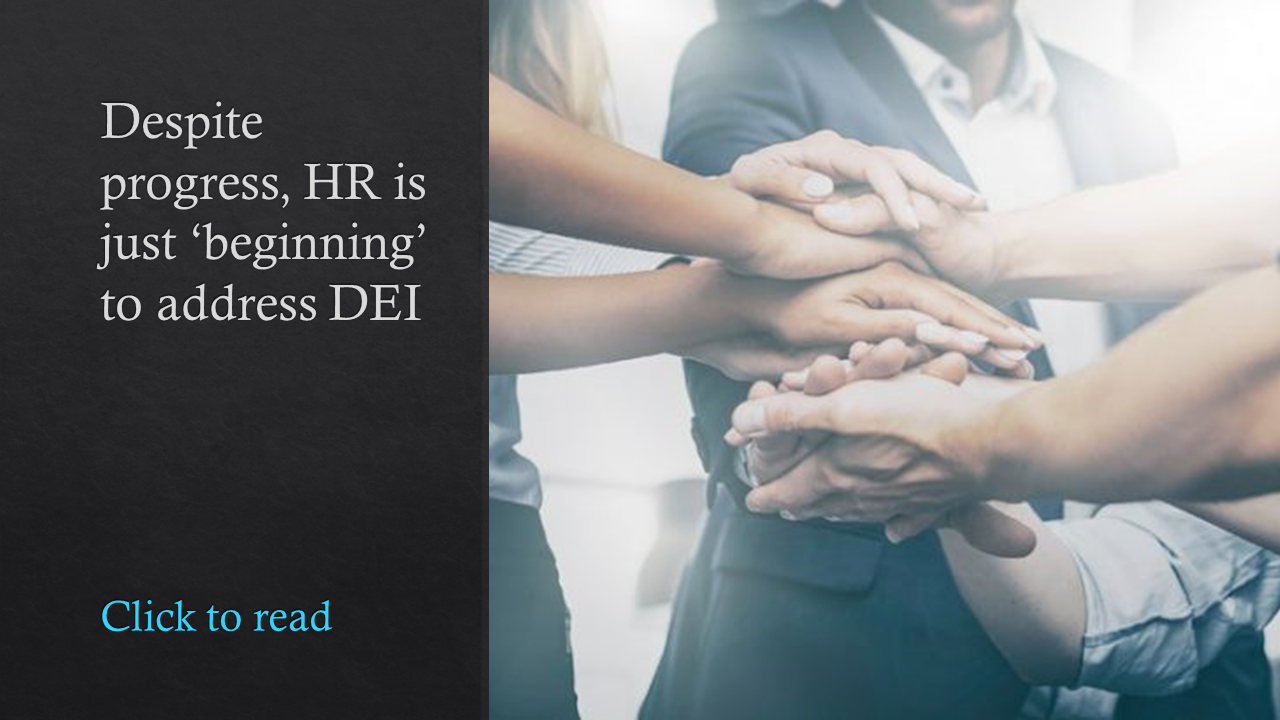The events over the last year motivated many people and companies to re-examine our culture and the part we play in that culture. Companies are reflecting on what additional things they can do to improve inclusion and diversity, and the PGA of America is no different. In fact, we began this journey in earnest in 2014, when our leadership embedded inclusion and diversity as a foundational principle in our long-term strategic plan just prior to the 100th anniversary of the organization.
As senior director of diversity and inclusion at that time, I knew our approach had to be a holistic one–one that was embedded across all lines of our business. While we first looked internally at our workforce, policies, protocols and practices, we also had to focus our efforts on the consumers we aspired to attract to the sport, the golf industry workforce, and our supply chain. A key ingredient in our recipe for success was creating strategic partnerships to engage those who are unrepresented in the sport and the business of golf as a whole.
Related: 3 keys to success that CEOs must provide for new DEI leaders
Toward those efforts, we were aware that there would be blind spots, so we needed help knowing what we did not know. There were a number of communities where we knew we did not have an authentic voice with underrepresented consumers, so we sought out partnerships where we could lock arms in mutual aid and move forward in a meaningful way. Essentially, we needed to connect with people, partners, groups and advocates who could champion a message of inclusion and an authentically welcoming invitation to golf on our behalf. We asked, “Who can we align with who’s going to make us smarter?”
There are three lessons we found useful to expand diversity and help avoid the inevitable blind spots.
Don’t go it alone.
This is the first and probably most important takeaway. Having trusted advisors who represent and deeply understand the communities you aspire to attract and engage is essential. Enter Tiffany Mack Fitzgerald, CEO of Black Girls Golf. Many of our partners came from reaching out to contacts whom I trusted and were leaders in diversity and inclusion, such as ESPN. In Tiffany’s case, it came initially from a tweet.
Tiffany’s overall experience and impression of golf had been unfavorable. She, like many women and women of color, didn’t feel welcomed to the sport. Seeing many of her white male colleagues exclude her during informal “meetings after the meetings”–which often result in profitable relationships–motivated her to learn the sport. Her first experience proved to be, as she describes it, one of the most embarrassing professional experiences of her life.
She notes: “I didn’t fall in love with golf until I built a community around golf.” This is something we’re obviously wanting to change.
Tiffany founded Black Girls Golf and started researching the industry to find out more. As she later told me, “I wanted to know who the leaders were in the industry and then, when I read that the PGA used to have a Caucasian-only clause in their bylaws, I was angry.” The PGA has worked hard to take ownership of this shameful part of our history, but the fact remains that the clause existed from 1934 until 1961.
Related: Connect your DEI programs to EX with these 4 strategies
Tiffany shared her frustrations on Twitter, and we soon had the opportunity to meet during the National Black Golf Hall of Fame event, which PGA sponsored. We had a very candid conversation that led to an invaluable relationship.
“I just knew I had to build a bridge,” says Tiffany, who admits her vision for Black Girls Golf was never small. “The industry hasn’t had the benefit of diverse voices and participating with communities of color,” she adds. The relationship that Tiffany and I have fostered is trusting, respectful and candid. I trust that Tiffany will tell it like it is, and she trusts our mission and is willing to help, which brings us to the second learning.
Partner with individuals and organizations that believe in your mission.
A good partner believes in your mission and in your plan for getting there. With that foundation, they will be willing to help you engage their valued customer base. It’s a win-win for all.
 Tiffany importantly points out that many organizations seem to think that inclusion and diversity only help people of color when it is, in fact, a mutually beneficial relationship. Our organization benefits from her perspective, her community, her advocacy and her voice. My experience with inclusion and diversity has underscored that fact: Our success in this space doesn’t happen without partnerships with people like Tiffany and organizations like Black Girls Golf. “Funding grassroots organizations will fund your diversity and inclusion efforts,” adds Tiffany.
Tiffany importantly points out that many organizations seem to think that inclusion and diversity only help people of color when it is, in fact, a mutually beneficial relationship. Our organization benefits from her perspective, her community, her advocacy and her voice. My experience with inclusion and diversity has underscored that fact: Our success in this space doesn’t happen without partnerships with people like Tiffany and organizations like Black Girls Golf. “Funding grassroots organizations will fund your diversity and inclusion efforts,” adds Tiffany.
Just as the PGA supports Black Girls Golf, Black Girls Golf has been able to promote PGA Jr. League and encourage high school and collegiate students and athletes to seek a career path in golf through PGA WORKS programming. Tiffany and Black Girls Golf also partner with our PGA Members locally to provide coaching and instruction to their members. This symbiotic relationship, again, is a win-win for all.
 Strategic partnering has benefits for industries far beyond golf. Black Girls Golf along with the U.S. Pan Asian American Chamber of Commerce, the Hispanic Association on Corporate Responsibility, RISE, and the National LGBT Chamber of Commerce, to name a few, became the partners I credit for a lot of our successes, both internally and externally. Inviting diverse viewpoints and engagement needs to start in the boardroom and extend to the community, which leads to the third learning.
Strategic partnering has benefits for industries far beyond golf. Black Girls Golf along with the U.S. Pan Asian American Chamber of Commerce, the Hispanic Association on Corporate Responsibility, RISE, and the National LGBT Chamber of Commerce, to name a few, became the partners I credit for a lot of our successes, both internally and externally. Inviting diverse viewpoints and engagement needs to start in the boardroom and extend to the community, which leads to the third learning.
Include diverse perspectives at the table.
With the right partnerships, inviting a variety of underrepresented voices to the table will yield better outcomes every time. Culture change will not happen overnight, but the sooner it begins, the sooner you will tap the power of diversity and inclusion.
There is much work to be done, and I am hopeful. The first step is awareness, but it can’t stay there. It must be followed by committed, thoughtful action. The time is now.
What grassroots organizations and communities can your company connect with to form the partnerships that will help you harness the power of inclusion and diversity?
Learn more about the latest strategies and technologies around DEI at the upcoming HR Tech Conference, from Sept. 28-Oct. 1 in Las Vegas.






